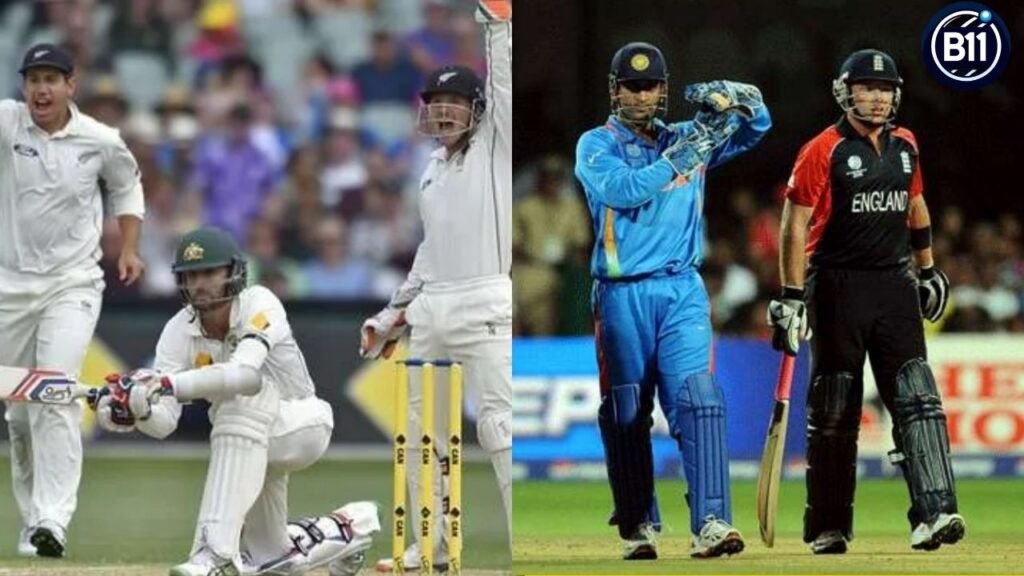To use DRS or not to use DRS that is the question. This debate is like a Shakespearean drama that continues to unfold in the minds of cricket lovers worldwide. UDRS, or DRS, was first introduced on November 24, 2009, during a Test match between Pakistan and New Zealand in Dunedin. It was used for the first time in ODIs during England’s tour of Australia in January 2011 and later in the 2011 World Cup.
The idea was to eliminate errors made by on-field umpires and make the game fairer using technology. The batsman or bowler could challenge an umpire’s decision, and the third umpire would use tools like Hawk-Eye, Hot-Spot, and Snickometer to make the correct call.
However, the reception has been mixed. Some instances show that DRS might not be 100% foolproof.
1. Nathan Lyon: Australia v New Zealand, 2nd Test, 2015, Adelaide
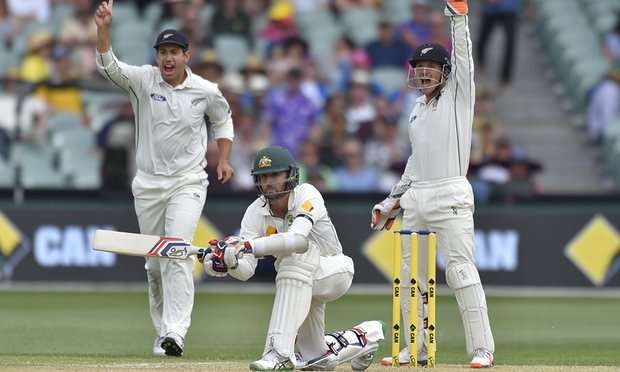
This was a very controversial decision when DRS failed at a crucial moment in the first-ever day-night test in Adelaide. Here’s what happened: left-arm spinner Mitchell Santner bowled around the wicket, and Lyon tried an ambitious sweep shot. The ball clearly hit the top edge of his bat, then his shoulder, and popped up to gully. Umpire S Ravi gave it not out, but the New Zealand team asked for a review.
The replays showed the ball touching Lyon’s bat, but third umpire Nigel Llong thought the evidence was unclear, so the on-field umpire’s decision stayed. Llong didn’t see the mark on Lyon’s bat even though Hot Spot technology clearly showed it. Llong believed the mark could be from anything and wasn’t sure it was made by the ball hitting the bat.
Everyone on the field thought Lyon was out, but Nigel Llong made this shocking decision. The consequences were huge, as Australia took the lead and went on to win the day-night test easily.
ALSO READ: Top 5 Players with Best Throwing Arms In T20 World Cup 2024
2. Usman Khawaja: Ashes 2013, 3rd Test, Old Trafford
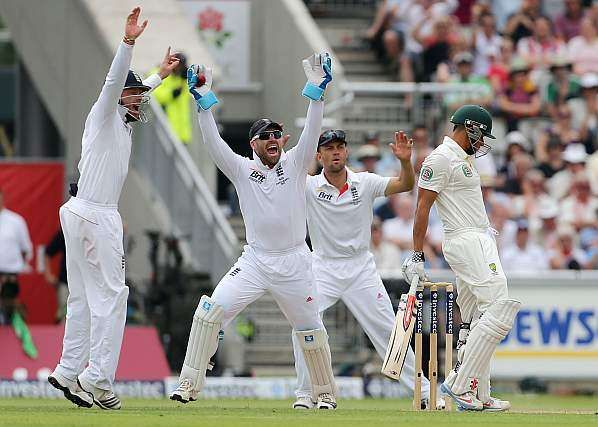
In the 3rd Test of the 2013 Ashes series at Old Trafford, an Australian player received a questionable decision. Graeme Swann bowled a ball that missed Usman Khawaja’s bat, but Swann, wicketkeeper Matt Prior, and the other England players appealed together.
Umpire Tony Hill gave Khawaja out, but Khawaja was sure he hadn’t hit the ball and asked for a review right away. The hotspot technology showed no contact between bat and ball. Despite this, third umpire Kumar Dharamsena upheld the on-field decision because there wasn’t enough evidence to overturn it, leaving Khawaja very disappointed and the England team happy.
This incident raised doubts about the Decision Review System (DRS). Even the Australian Prime Minister, Kevin Rudd, tweeted that it was one of the worst decisions he had ever seen.
3. Kemar Roach: Australia vs West Indies, 3rd Test, Perth, 2009
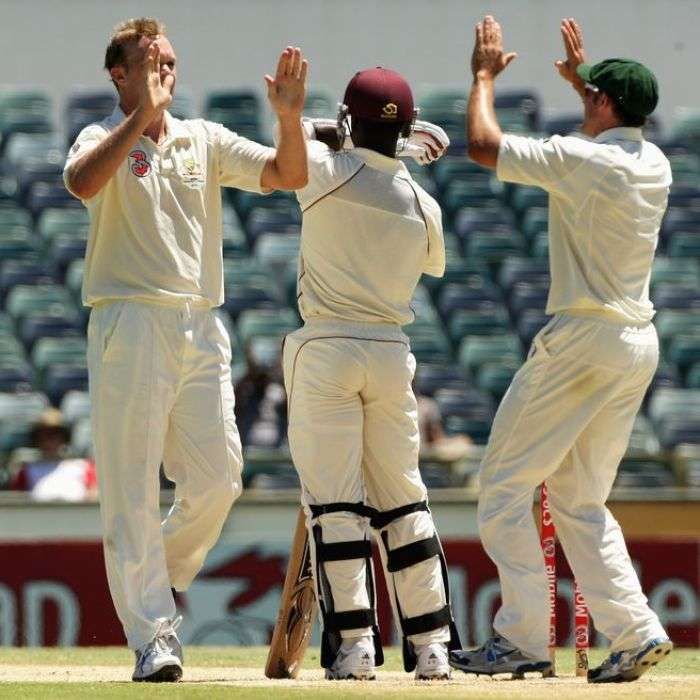
With just 35 runs needed for the Windies to win against the Aussies, Kemar Roach was given out caught behind by Kiwi umpire Billy Bowden. Roach asked for a DRS referral and stood his ground.
Asad Rauf from Pakistan, the third umpire, had to make the important decision. The hot spot didn’t show any mark on Kemar’s bat, but Rauf thought the evidence was unclear. Billy Bowden raised his finger again, ending the thrilling test match.
The West Indies were left wondering “what could’ve been” after coming so close to beating the Aussies at home.
ALSO READ: Top 5 Performances in Pakistan Super League 2024
4. Dhammika denied: New Zealand vs Sri Lanka, 2015, Dunedin
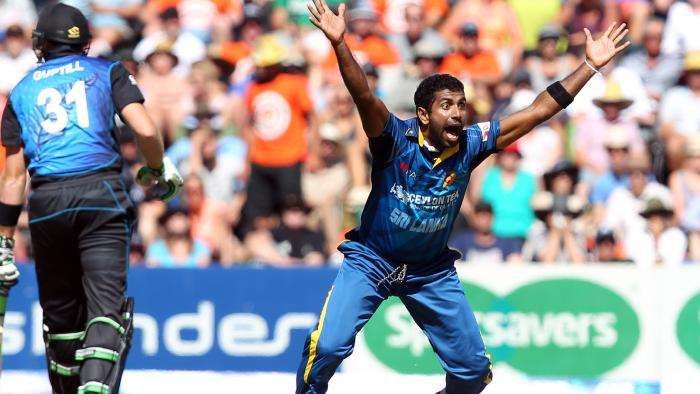
The word “bizarre” perfectly describes the strange events in the 2015 Dunedin ODI when the Sri Lankan team faced a huge DRS mistake. Martin Guptill, who was playing well, was clearly trapped by Dhammika Prasad in the fourth over. But umpire Derek Walker thought otherwise and ruled Guptill not out.
Prasad wanted to use the DRS but didn’t know that the DRS was not available from his end because one of the cameras was not working. The Sri Lankan team couldn’t believe their bad luck and showed their frustration.
5. Ian Bell survives: 2011 Cricket World Cup, India vs England, Bangalore
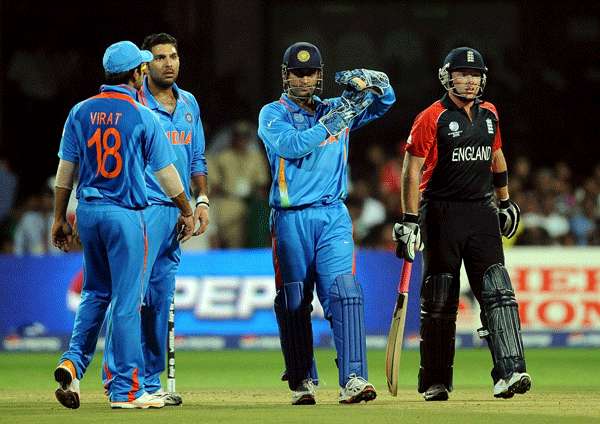
This incident happened in the 2011 showpiece event when the world was just warming up to DRS. We are referring to THAT famous tied game between India and England at the Chinnaswamy stadium, Bengaluru.
The Poms were putting up a valiant effort while chasing down India’s mammoth score when Yuvraj Singh, the ‘pie-chucker’, caught Ian Bell in front of the stumps. Billy Bowden was the on-field umpire who turned down the appeal but the Indians decided to refer it upstairs.
The replays showed that the ball was clearly hitting the stumps but the point of impact was more than 2.5 metres from the stumps. Bowden stayed with his decision as according to the rules the ball had more than 2.5m to travel but it made no sense since the hawkeye showed the ball going on to hit the middle stump. Team India felt hard done by and an angry MS Dhoni openly criticised the system in the post match conference.
READ MORE:
